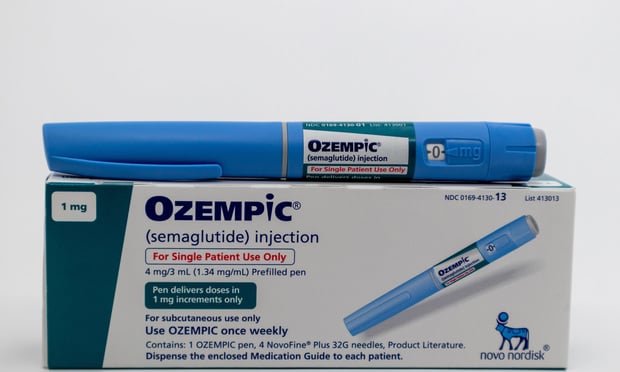Eastbridge's 2017 Voluntary Participation Rates Spotlight™ report found that just over half of participating carriers have seen participation rates increase over the past two to three years, and the majority expect this trend to continue. While individual carrier responses varied, the overall reported average was 28 percent in 2017, up from 21 percent in 2014.
So what's driving the increase? And how can you ensure that you are maximizing the revenue potential of each enrollment opportunity?
The carriers surveyed point to a variety of factors, including enhanced marketing materials and decision-support tools, more mandatory enrollments and simpler plan designs. They're also partnering with brokers who understand the key role working conditions play in maximizing enrollment success.
Recommended For You
Complete your profile to continue reading and get FREE access to BenefitsPRO, part of your ALM digital membership.
Your access to unlimited BenefitsPRO content isn’t changing.
Once you are an ALM digital member, you’ll receive:
- Breaking benefits news and analysis, on-site and via our newsletters and custom alerts
- Educational webcasts, white papers, and ebooks from industry thought leaders
- Critical converage of the property casualty insurance and financial advisory markets on our other ALM sites, PropertyCasualty360 and ThinkAdvisor
Already have an account? Sign In Now
© 2025 ALM Global, LLC, All Rights Reserved. Request academic re-use from www.copyright.com. All other uses, submit a request to [email protected]. For more information visit Asset & Logo Licensing.








